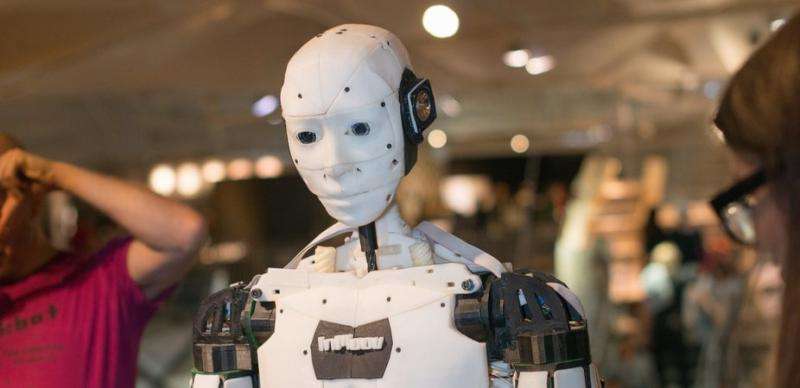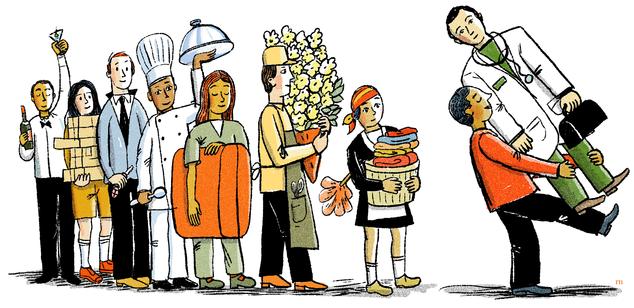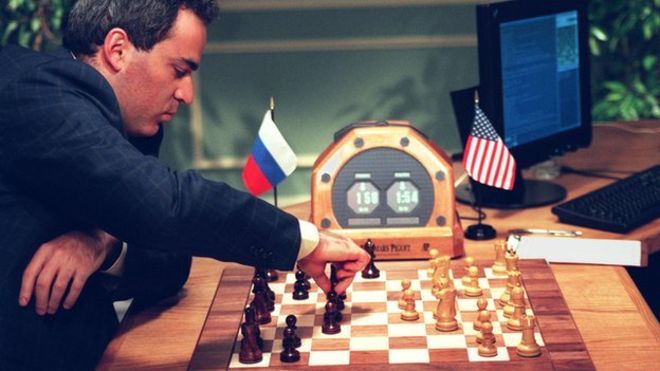Humans evolved over millions of years into today’s upright, bipedal walkers. Now, the evolution of some robots is on a similar track. Only the pace is much faster. In recent decades, we’ve gone from stationary robots performing repetive tasks to wheeled and four-legged robots. And now, bipedal bots are on the rise.
Boston Dynamics has famously engineered some of the most advanced bipedal bots in recent memory (e.g., Petman and Atlas). But they aren’t the only lab working on two-legged robots that can walk like us.







